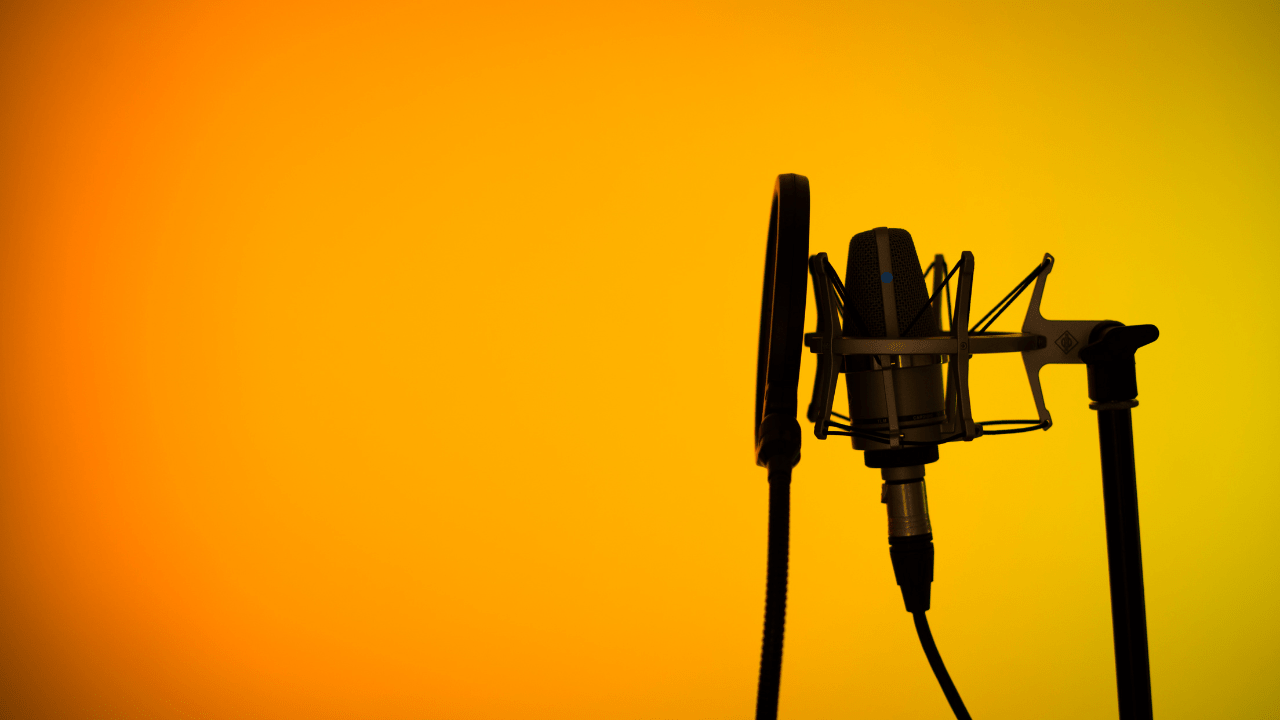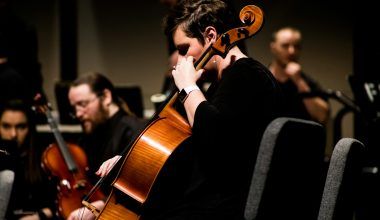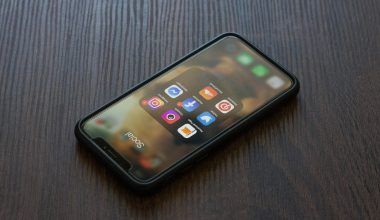Recording vocals is one of the most exciting parts of making music, podcasts, or voiceovers. Whether you’re a beginner setting up your first home studio or a professional looking to upgrade your equipment, having the best mic for recording vocals is crucial. The right microphone can make a big difference in capturing the details and emotions in your voice.
In this guide, we’ll walk you through everything you need to know about choosing the best microphone for vocals, including types of microphones, top recommendations, essential accessories, and tips for getting the best results.
Why You Need the Right Microphone for Recording Vocals
Your voice is unique, and a good microphone helps bring out its best qualities. It captures your tone, emotions, and every little detail, whether you’re singing or speaking. Choosing the wrong mic, however, can lead to dull, flat, or overly sharp recordings.
When you use the best mic for recording vocals, you save time in editing and mixing. A quality mic gives you cleaner recordings, reducing the need for heavy processing. This is especially important if you want your music or podcasts to sound professional.
Understanding Different Types of Microphones
There are two main types of microphones for recording vocals: condenser and dynamic. Each has its strengths, and the right choice depends on your recording needs.
1. Condenser Microphones
Condenser microphones are highly sensitive and detailed, making them a popular choice for studio recordings. They pick up the subtleties in your voice, capturing a rich and natural sound.
- Pros: Clear, detailed sound; great for controlled environments.
- Cons: Can pick up background noise if the room isn’t treated.
2. Dynamic Microphones
Dynamic microphones are tough and versatile. They are often used for live performances but can also work well for studio vocals, especially if you’re in a noisy space.
- Pros: Durable and less sensitive to background noise.
- Cons: Less detailed compared to condensers.
Key Features to Look for in a Vocal Mic
When searching for the best mic for recording vocals, keep these features in mind:
1. Polar Pattern
The polar pattern determines how a microphone picks up sound.
- Cardioid: Picks up sound from the front and rejects background noise. Perfect for vocals.
- Omnidirectional: Captures sound from all directions. Better for group recordings.
- Figure-8: Picks up sound from the front and back, rejecting the sides. Great for duets.
2. Frequency Response
Look for a mic that complements your vocal range. For example:
- If you have a deep voice, choose a mic with good bass response.
- For higher-pitched voices, look for smooth treble response.
3. Sensitivity
A more sensitive mic captures subtle vocal details but may pick up background noise. Choose one based on your recording environment.
Top Microphones for Recording Vocals
Here’s a closer look at some of the best options for vocal recording, covering different budgets and needs.
1. Shure SM7B
This iconic dynamic microphone is loved by singers, podcasters, and broadcasters. Its warm, smooth sound works for almost any vocal style.
- Why It’s Great: Excellent background noise rejection.
- Price: Mid-range.
2. Audio-Technica AT2020
This budget-friendly condenser mic offers fantastic clarity for its price. It’s perfect for beginners and home studios.
- Why It’s Great: Affordable and easy to use.
- Price: Budget-friendly.
3. Neumann TLM 103
A high-end condenser mic that captures stunning detail and depth. Ideal for professional studio recordings.
- Why It’s Great: Exceptional sound quality.
- Price: Expensive but worth it for serious creators.
4. Rode NT1-A
Known for its ultra-low noise and crystal-clear sound, the Rode NT1-A is a favorite for singers and voiceover artists.
- Why It’s Great: Clean and detailed sound.
- Price: Mid-range.
Essential Accessories for Better Vocal Recordings
Even the best mic for recording vocals needs a little help to deliver top-quality sound. Here’s what you’ll need:
- Pop Filter: A pop filter reduces harsh “P” and “B” sounds for cleaner recordings.
- Shock Mount: Prevents vibrations from reaching your mic.
- Mic Stand: Keeps your microphone stable and at the right height.
- Audio Interface: Converts your microphone’s signal into a digital format for your computer.
- Headphones: Use closed-back headphones to monitor your recordings without sound leakage.
- Acoustic Panels: These reduce room echoes and improve the overall sound quality.
How to Get the Best Results with Your Vocal Mic
1. Position Your Microphone Correctly
Place the microphone 6-12 inches away from your mouth. Use a pop filter to prevent plosive sounds and experiment with angles for the best sound.
2. Record in a Quiet Space
Choose a room with minimal noise and reflections. You can add acoustic foam or blankets to absorb unwanted sound.
3. Use Proper Gain Settings
Set the gain on your audio interface or mixer so that your vocal levels don’t peak or distort.
4. Warm Up Your Voice
Take a few minutes to warm up before recording. This helps you hit your notes or deliver lines with confidence.
Conclusion:
Finding the best mic for recording vocals is a journey, but it’s worth the effort. Start by understanding your needs and budget, then choose a microphone that matches your style and setup. Don’t forget to invest in accessories and treat your recording space to get the best results.
Whether you’re singing, podcasting, or narrating, the right mic can help you sound your best and take your recordings to the next level. Happy recording!
Related Articles:
For further reading, explore these related articles:
- 5 Things You Should Do Before Going to a Recording Studio
- Top Mistakes Artists Make While Recording at Home and How to Avoid Them
- Hiring Musicians for Live Shows or Recordings? Read This.
For additional resources on music marketing and distribution, visit Deliver My Tune.






